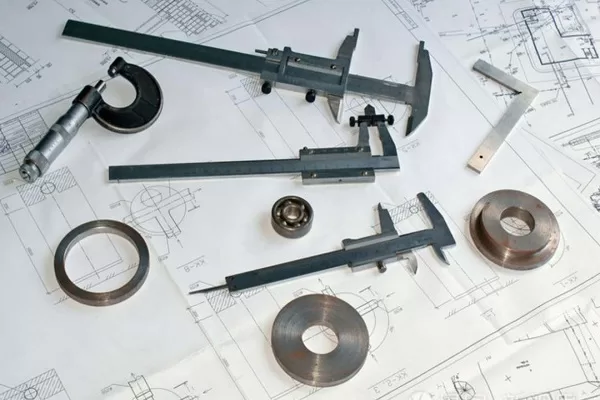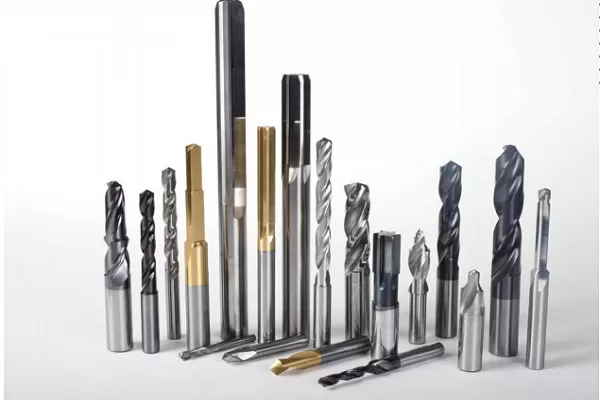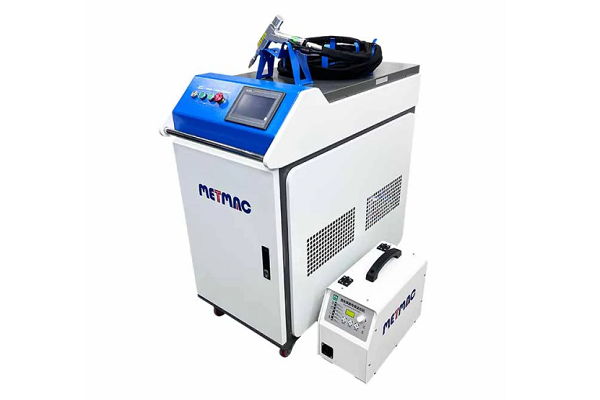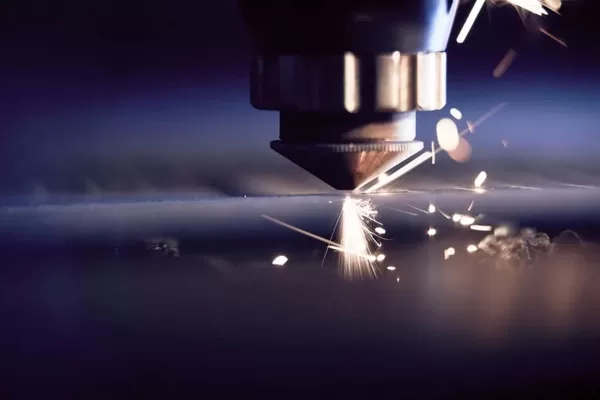
Ultimate Guide to Sheet Bending Machines- Types, Uses, and Benefits
- By:Metmac
- 2024-06-13
- 121
The Ultimate Guide to Sheet Bending Machines delves into the world of these versatile machines, providing a comprehensive exploration of their types, applications, and advantages. This guide serves as an invaluable resource for anyone seeking to enhance their understanding and utilization of sheet bending equipment.
Types of Sheet Bending Machines
Sheet bending machines come in various types, each with unique capabilities:
– Brake Press: These machines utilize a hydraulic ram to force a punch against a die, bending the sheet metal to the desired angle. Brake presses offer high precision and are suitable for a wide range of materials.
– Pan Brake: Featuring a rotating lower beam with a series of fingers, pan brakes allow for the creation of round or cylindrical shapes in sheet metal. They are commonly used in the production of tanks, ducts, and enclosures.
– Multi-Axis Bending Machine: These advanced machines combine multiple bending axes, enabling the creation of complex bends and shapes in a single operation. They offer increased efficiency and reduce the need for secondary forming processes.
Applications of Sheet Bending Machines
Sheet bending machines find numerous applications across various industries:
– Automotive: Sheet metal parts for vehicles, such as hoods, doors, and body panels, are commonly formed using bending machines.
– Aerospace: Sheet metal components for aircraft, missiles, and spacecraft require precise bending to ensure structural integrity.
– Electronics: Bending machines are utilized to create enclosures, brackets, and chassis for electronic devices.
– HVAC (Heating, Ventilation, and Air Conditioning): Sheet metal ducts, registers, and other components are formed using bending machines to control airflow and maintain indoor comfort.
Benefits of Sheet Bending Machines
Employing sheet bending machines offers several advantages:
– High Precision: These machines provide accurate bends, meeting stringent quality standards.
– Versatility: They can process a range of sheet metal thicknesses and materials, making them adaptable to diverse applications.
– Efficiency and Speed: Automated bending processes enhance productivity, reducing lead times and labor costs.
– Cost Savings: Automated bending eliminates the need for manual labor and reduces material waste, leading to overall cost reductions.
Conclusion
The Ultimate Guide to Sheet Bending Machines provides a comprehensive overview of these essential tools. By understanding the types, applications, and benefits of sheet bending machines, manufacturers can optimize their sheet metal fabrication processes. These machines empower businesses to produce high-quality, cost-effective components, contributing to increased efficiency, profitability, and customer satisfaction.
-
The Advantages of Using a Sheet Roll Forming Machine in Manufacturing
2024/09/14 -
How to Optimize Your Laser Sheet Cutting Machine for Maximum Performance
2024/09/12 -
How to Maximize Efficiency with Modern Sheet Metal Working Machines
2024/09/04 -
The Environmental Benefits of Using Duct Board Grooving Machines
2024/09/03
-
Integrating Automation with Rectangular Duct Machines for Enhanced Productivity
2024/05/11 -
Metal Shear Machines- Essential Tools for Precision Metal Cutting
2024/05/11 -
Understanding the Role and Function of Steel Strip Slitting Machines
2024/05/11 -
Maintenance Tips for Longevity of HVAC Duct Machines
2024/05/11
-
A Guide to the Latest Innovations in Sheet Metal Folding Machines
2024/11/29 -
Key Features to Consider When Investing in a Sheet Metal Folding Machine
2024/11/28 -
Enhancing Precision with Advanced Sheet Metal Folding Machines
2024/11/27 -
How to Choose the Right Sheet Metal Folding Machine for Your Workshop
2024/11/26



